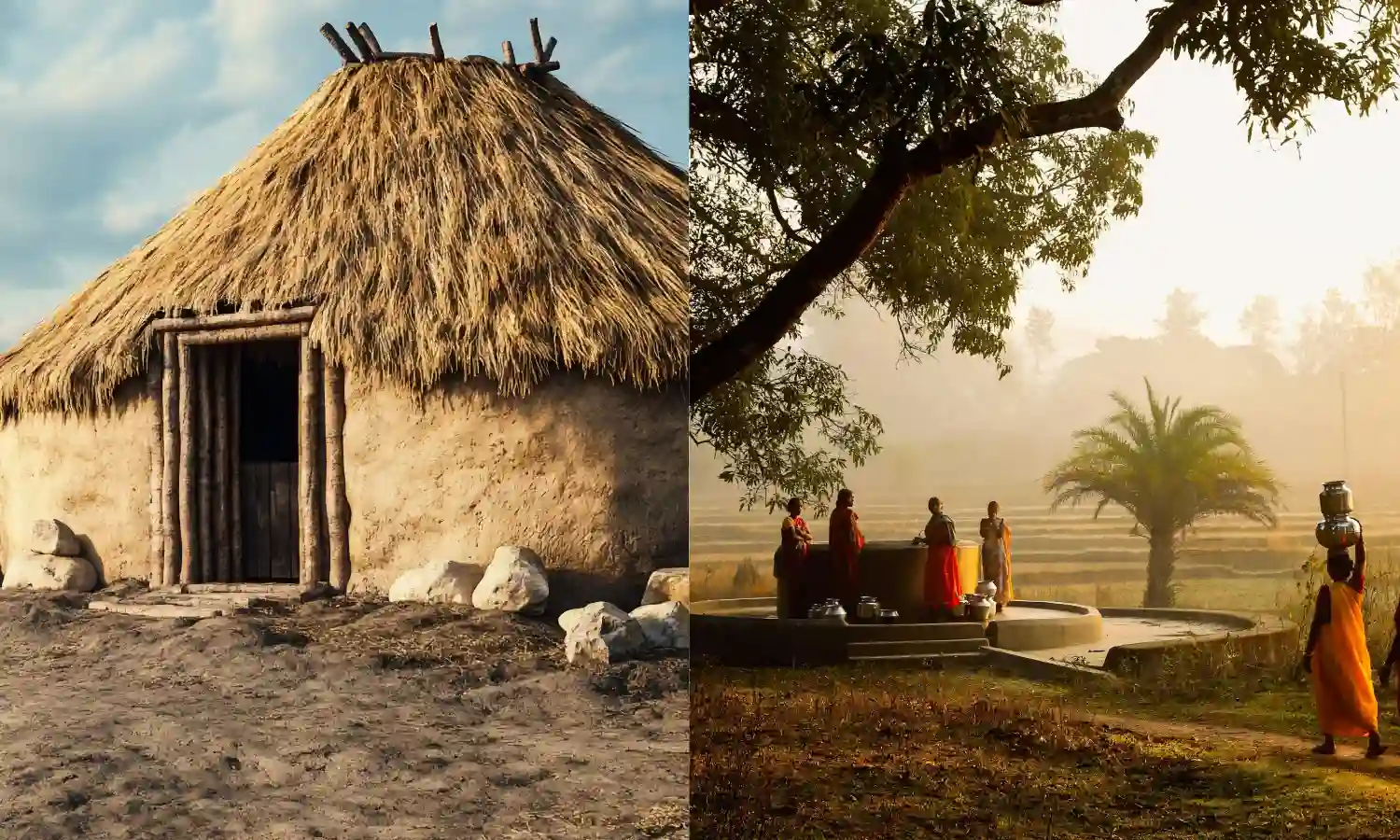Cooling the Urban Heat: Timeless Rural Wisdom for Today’s Cities
Discover eco-friendly, rural Indian tricks to stay cool this summer—no AC needed, just smart, sustainable solutions!

As Indian cities grapple with record-breaking temperatures, life in urban areas often becomes unbearable. Fans whirl non-stop, air conditioners push electricity bills to new highs, and even a short walk outside feels like entering a furnace. But amid this crisis, there’s an overlooked reservoir of solutions — tucked away in India’s villages.
For centuries, rural communities have endured scorching heat without the help of modern appliances. Instead, they’ve relied on natural elements, smart architecture, and intuitive lifestyle choices.
These aren’t old relics — they’re relevant, sustainable strategies that urban India can learn from today.
1. Clay Pots: Nature’s Own Refrigerator
In many village households, earthen pots are still used to store water. These pots cool water naturally through evaporation. The porous surface allows moisture to escape slowly, reducing the temperature inside. This principle, called evaporative cooling, is highly efficient and requires no electricity. Urban homes can easily adopt this zero-cost method for chilled drinking water.
2. The Power of Trees
Rural areas are dotted with shade-giving trees like neem, peepal, and banyan. These trees serve as natural air conditioners, lowering the surrounding temperature, filtering pollutants, and providing essential shade. City planners and citizens alike can prioritize planting native species to create cooler microclimates in dense urban environments.
3. Smarter Building Materials
Traditional homes in villages are often built using mud, bamboo, and lime plaster — materials known for their insulating properties. These structures “breathe,” staying cooler during the day and warmer at night. Urban architects and homeowners can take inspiration by incorporating reflective paints, green roofs, or even bamboo blinds to minimize heat retention.
4. Rhythm of Rural Life
Villagers structure their day to match the sun’s cycle — working in the early hours, resting during peak heat, and resuming activity post-sunset. This reduces direct exposure to high temperatures and lowers the need for artificial cooling. Urban residents can adapt similar schedules by running errands during cooler hours and minimizing energy use during the day’s hottest period.
5. Water-Wise Cooling Techniques
From damp cloths to water-filled bowls placed in breezy spots, rural cooling methods are simple yet effective. These passive cooling hacks use minimal resources while enhancing comfort. Adding indoor plants or setting up a “cooling corner” with water containers can mimic the same effect at home.
A Future Rooted in the Past
India’s villages offer more than cultural heritage — they present practical solutions to modern problems. By reintroducing rural wisdom into our urban lives, we can build cooler, more resilient cities. In the battle against heat, tradition might just be our most innovative ally.


